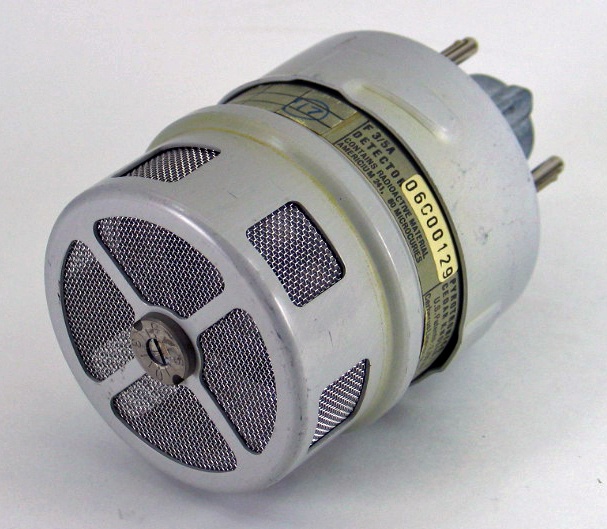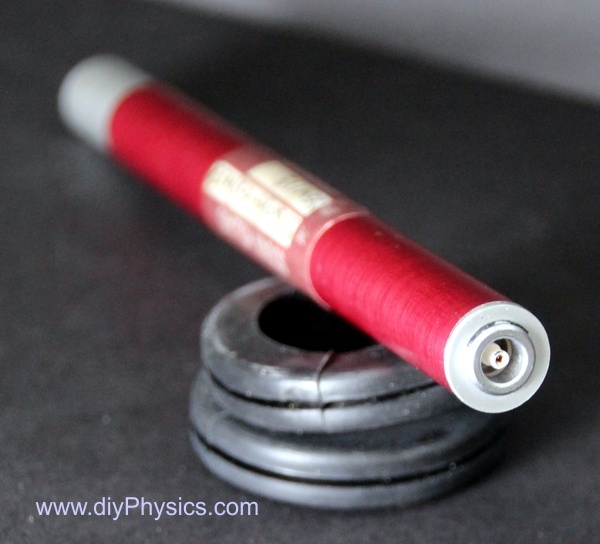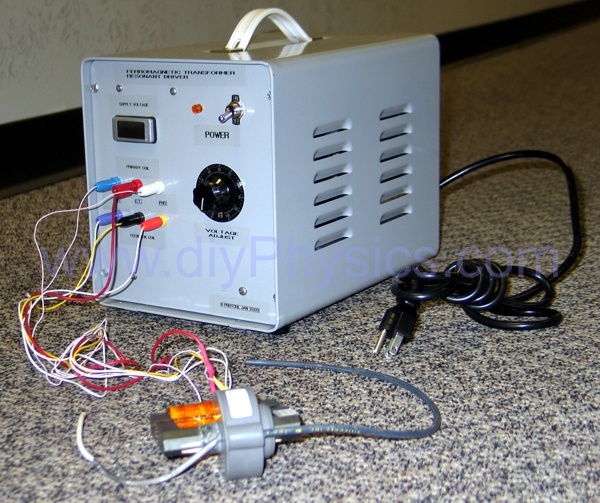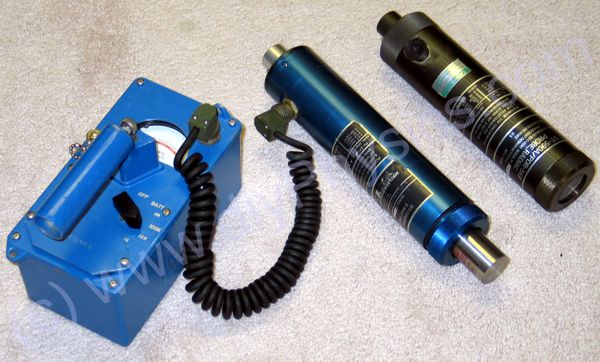Javier De Elias Cantalapiedra from Madrid, Spain posted the YouTube video above to show the e/m measurement system that he put together based on the description in our book. His measurement system is based on Hoag’s method, and his nicely laid-out setup allowed him to obtain very nice results (4 to 6% error compared to the theoretical e/m).
Javier is an industrial engineer who works in the telecommunications industry. However, his passion is physics, which he pursues at a (very high) amateur level.
Thank you Javier for sharing!












 Many surplus scintillation probes have a single connector through which the PMT is fed with high voltage and the anode signal is output. However, this may require an external “Bias-T” (a high voltage / signal splitter) to connect the probe to a high-voltage power supply that is separate from the PMT amplifier/processor.
Many surplus scintillation probes have a single connector through which the PMT is fed with high voltage and the anode signal is output. However, this may require an external “Bias-T” (a high voltage / signal splitter) to connect the probe to a high-voltage power supply that is separate from the PMT amplifier/processor. 



